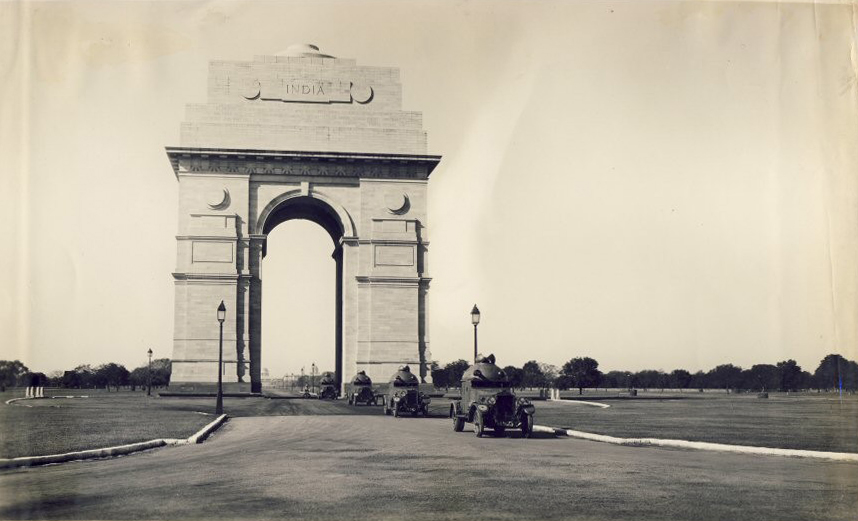Nestled in the heart of New Delhi, Agrasen ki Baoli stands as a testament to the architectural ingenuity and historical significance of ancient India. This remarkable stepwell, also known as Ugrasen ki Baoli, is a hidden gem that offers a glimpse into the rich cultural heritage of Delhi. The origins of Agrasen ki Baoli are shrouded in mystery, with legends attributing its construction to various periods and figures. Some believe it was built by Maharaja Agrasen during the Mahabharata era, while others suggest it was constructed in the 14th century by the Agrawal community. Despite the lack of concrete historical records, the baoli's architecture indicates that it was likely built or extensively renovated during the late Tughlaq or Lodi period, placing its construction or major reconstruction between the 14th and 15th centuries.
The architectural marvel of Agrasen ki Baoli is a sight to behold. Measuring 60 meters in length and 15 meters in width, this subterranean structure is a prime example of the stepwell architecture that was prevalent throughout the Indian subcontinent for centuries. The baoli is constructed entirely of rubble masonry, utilizing natural rocks and stones, which speaks volumes about the durability and sustainability of ancient building practices. The structure features 108 steps that descend into the depths of the well, divided into three levels. Each level is adorned with arched hallways and chambers, showcasing the influence of Hindu architectural elements. The use of red sandstone and lime mortar, common materials in Indian architecture, further adds to its historical authenticity and aesthetic appeal.
One of the most striking features of Agrasen ki Baoli is its unique design, which sets it apart from conventional round stepwells. The rectangular structure was intentionally designed to make water collection more accessible and comfortable for the people of the time. The long flight of steps is flanked by thick walls featuring two series of arched niches, creating an impressive visual spectacle. At the northern extremity of the baoli lies a circular well, and between the flight of steps and the well is a covered landing with a terrace at ground level. This thoughtful design not only served its primary purpose as a water reservoir but also provided a communal space for people to gather, especially during the scorching summers of northern India.
The cultural and social significance of Agrasen ki Baoli extends far beyond its architectural beauty. In ancient times, stepwells like this one played a crucial role in water conservation and management, serving as lifelines for communities in arid regions. The baoli was not merely a source of water but also a place for social gatherings, religious ceremonies, and a respite from the heat. Local folklore adds an intriguing layer to the baoli's history, with tales of supernatural occurrences and eerie legends. One popular urban legend suggests that the well's waters once possessed hypnotic powers, luring unsuspecting individuals to their doom. While these stories lack historical evidence, they contribute to the mystique and allure of Agrasen ki Baoli, drawing curious visitors and paranormal enthusiasts alike.
The preservation and restoration of Agrasen ki Baoli have been ongoing concerns for archaeologists and conservationists. The Archaeological Survey of India (ASI) has undertaken several initiatives to maintain and protect this invaluable piece of heritage. Recent restoration efforts have focused on desilting, structural conservation, and addressing issues such as water contamination and the presence of bats and pigeons in the well and adjacent chambers. These conservation efforts aim to enhance the baoli's beauty while preserving its historical integrity, ensuring that future generations can continue to marvel at this architectural wonder.
In modern times, Agrasen ki Baoli has gained popularity not only as a historical site but also as a backdrop for various cultural and artistic endeavors. The stepwell has featured in several Bollywood films, bringing it into the limelight and attracting film enthusiasts from around the world. The baoli's unique architecture and atmospheric ambiance have also made it a favorite spot for photographers and artists seeking inspiration from its timeless beauty. Despite its central location near Connaught Place, one of Delhi's busiest commercial areas, Agrasen ki Baoli offers a serene escape from the hustle and bustle of the city, allowing visitors to step back in time and immerse themselves in the rich history of India's capital.
For modern architects and designers, Agrasen ki Baoli serves as a valuable source of inspiration and learning. The structure's longevity and resilience demonstrate the effectiveness of using local, natural materials in construction. Contemporary designers have drawn inspiration from elements such as the majestic staircases and arched niches, incorporating these features into modern buildings to create spaces that blend historical charm with contemporary functionality. The baoli's design principles of sustainability and community-centric architecture offer valuable lessons for addressing current challenges in urban planning and water management.
Today, Agrasen ki Baoli stands not only as a protected monument but also as a popular tourist attraction, drawing hundreds of visitors daily. The site's preservation serves as a reminder of the importance of protecting our cultural heritage, ensuring that these ancient marvels continue to inspire, educate, and captivate for generations to come.








